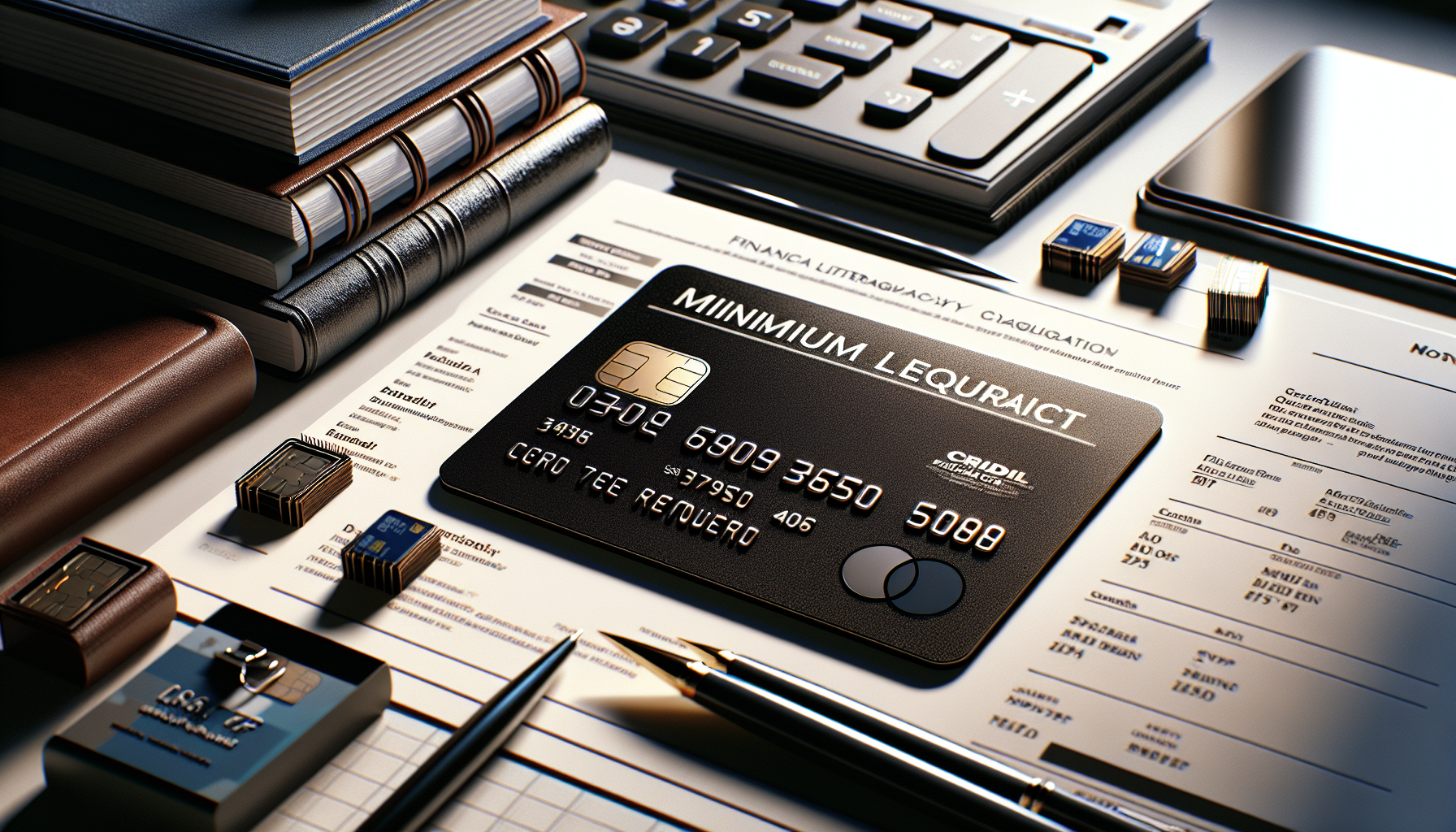Understanding Credit Card Cash Advances
Credit card cash advances can seem like a convenient way to access cash quickly, but they come with significant drawbacks that make them a costly option. Before considering a cash advance, it’s essential to understand how they work and the associated fees and interest rates.
Cash advances are a way to withdraw money from your credit card’s available credit line, either through an ATM, bank, or by requesting a check from your credit card issuer. However, unlike regular credit card purchases, cash advances have unique terms and conditions that can make them an expensive choice.
What is a Credit Card Cash Advance?
A credit card cash advance is a financial transaction that allows you to withdraw cash from your credit card’s available credit line. This can be done through an ATM, by visiting a bank branch, or by requesting a check or bank transfer from your credit card issuer.
When you take out a cash advance, the amount withdrawn is added to your credit card balance, just like a regular purchase. However, cash advances come with higher fees and interest rates compared to standard credit card transactions.
Fees and Interest Rates Associated with Cash Advances
One of the main downsides of credit card cash advances is the high fees and interest rates that come with them. Cash advance fees typically range from 3% to 5% of the amount withdrawn, with a minimum fee of around $10. These fees are charged in addition to any ATM fees or bank fees you may incur.
Furthermore, cash advances have higher interest rates compared to regular credit card purchases, often around 20-25% APR or more. Unlike standard purchases, there is no grace period for cash advances, meaning interest starts accruing immediately from the date of the transaction. This can quickly lead to significant interest charges if the cash advance is not paid off promptly.
Impact of Cash Advances on Credit Scores
Taking out a cash advance can also have negative implications for your credit score. When you withdraw a cash advance, it reduces your available credit and increases your credit utilization rate, which is the amount of credit you’re using compared to your credit limit. A high credit utilization rate can be viewed as a sign of credit risk by lenders and can lower your credit score.
Additionally, cash advances may be seen as a red flag by credit scoring models, as they can indicate financial distress or mismanagement of credit. Frequently relying on cash advances can suggest that you’re struggling to manage your finances and may be a higher credit risk.
How to Withdraw Cash from Credit Card Without Fees
While credit card cash advances come with high fees and interest rates, there are alternative ways to access cash without incurring these costs. By exploring other options, you can avoid the expensive fees associated with cash advances and find more cost-effective solutions.
Use a Debit Card for ATM Withdrawals
One of the simplest ways to withdraw cash without fees is to use a debit card instead of a credit card. Debit cards are linked directly to your checking account, allowing you to withdraw money from an ATM without incurring cash advance fees or high interest rates.
When using a debit card, be mindful of any ATM fees charged by the ATM owner or your bank. Some banks offer free ATM withdrawals at their own ATMs or have partnerships with ATM networks that allow fee-free transactions.
Opt for Peer-to-Peer Payment Apps
Peer-to-peer payment apps, such as Venmo or PayPal, can be a convenient alternative to cash advances. These apps allow you to send money to friends or family members, who can then transfer the funds to their bank account or use them for purchases.
However, it’s important to note that some peer-to-peer payment apps may charge a fee for credit card transactions, typically around 3%. Additionally, some credit card issuers may treat these transactions as cash advances, so it’s crucial to check with your card issuer beforehand to avoid unexpected fees.
Consider Personal Loans as an Alternative
If you need access to a larger sum of money, a personal loan may be a more cost-effective option compared to a cash advance. Personal loans often have lower interest rates than cash advances, typically around 12% or lower, depending on your creditworthiness.
Personal loans provide a lump sum of money that you can use for various purposes, such as consolidating debt, covering unexpected expenses, or making a large purchase. The loan is repaid over a fixed term, usually with fixed monthly payments, making it easier to budget and manage your finances.
Utilize Cash Back Credit Card Rewards
If you have a cash back credit card, you may be able to redeem your rewards for cash without incurring additional fees or interest charges. Cash back credit cards offer a percentage of cash back on eligible purchases, which can be redeemed as a statement credit, direct deposit, or check.
Some credit card issuers, such as Wells Fargo, even allow you to redeem your cash back rewards directly from an ATM using your credit card. This can be a convenient way to access cash without the high fees and interest rates associated with cash advances.
Explore ‘Buy Now Pay Later’ Options
Another alternative to cash advances is using ‘Buy Now Pay Later’ (BNPL) services. BNPL allows you to make purchases and spread the cost over a series of interest-free installments, typically over a few weeks or months.
BNPL services can be a useful option for making necessary purchases without resorting to cash advances. However, it’s important to ensure that you can afford the installment payments and pay them on time to avoid late fees or interest charges.
Transfer Balances to 0% APR Credit Cards
If you have existing credit card debt, transferring your balances to a 0% APR credit card can help you avoid the high interest rates associated with cash advances. Many credit card issuers offer balance transfer promotions with 0% APR for a specified period, typically 12-18 months.
By transferring your balances to a 0% APR card, you can focus on paying off your debt without accruing additional interest charges. This can be a more cost-effective approach compared to taking out a cash advance to pay off credit card balances.
When to Use Cash Advances as a Last Resort
While it’s generally recommended to avoid credit card cash advances due to their high fees and interest rates, there may be situations where a cash advance is the only option available. In emergency situations or when all other alternatives have been exhausted, a cash advance can provide access to much-needed funds.
However, it’s crucial to use cash advances sparingly and only as a last resort. Before resorting to a cash advance, consider other options like borrowing from friends or family, using a debit card, or exploring personal loan options. If a cash advance is unavoidable, aim to pay off the balance as quickly as possible to minimize the accrual of interest charges and fees.
See also:
- What Is Purchase Rate on Credit Card: Types, Definition, and How It Works
- What is APR on Credit Card: Understanding Annual Percentage Rate
- How to Withdraw Money from Revolut: Step-by-Step Guide
- How to Get a Credit Card at 15: A Complete Guide
- How to Withdraw Money from Trading 212 – Step-by-Step Guide




